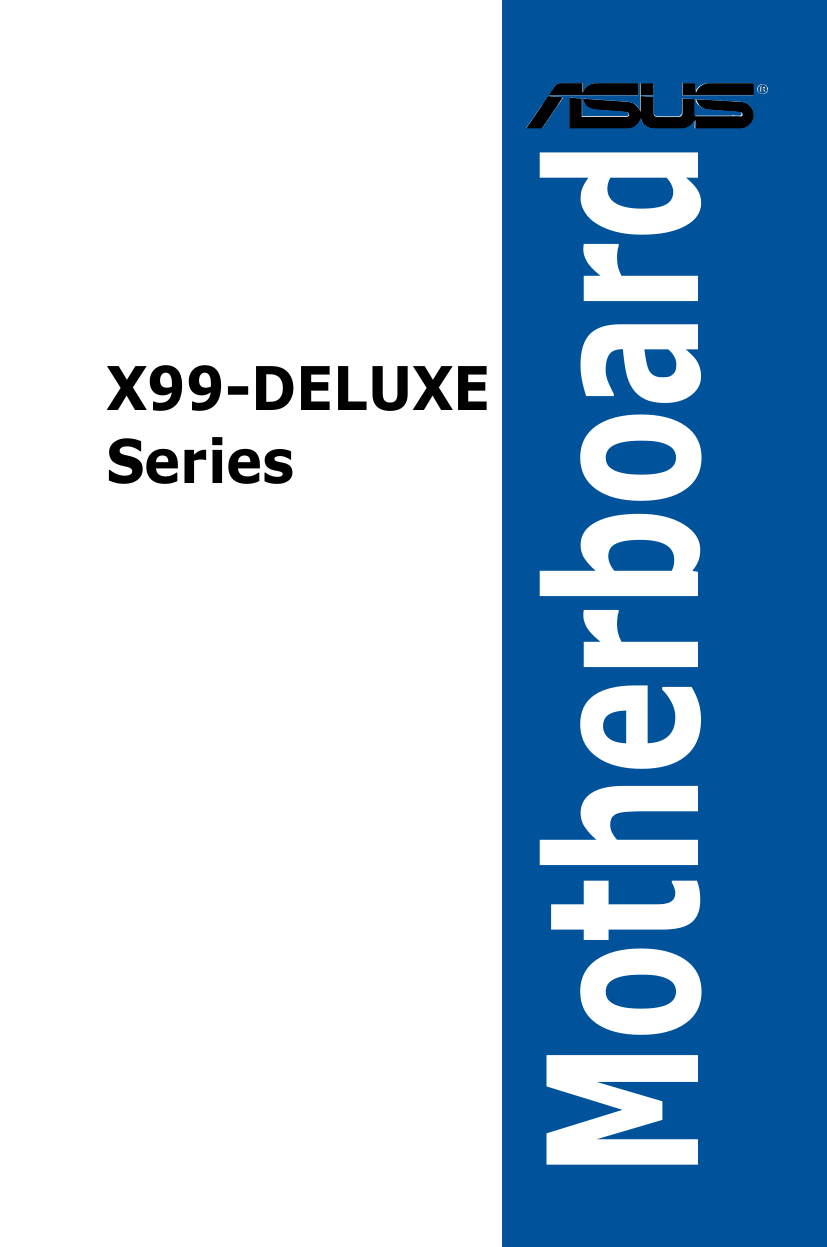
#Asus x99 deluxe u3.1 mei driver windows 10 keygen

SATA Express brings us nicely to the X99-A’s storage payload, which we’ll explore on the next page.īecause the X99 chipset has 10 SATA 6Gbps ports, the X99-A can host a stack of drives without resorting to third-party controllers. The X99’s remaining lanes are solely devoted to the second x1 slot, the LAN controller, and the SATA Express port.

Assigning four lanes to the x16 slot via the firmware effectively disables its companions, which otherwise get one lane each.

On the chipset front, the first x1 and second x16 slots share Gen2 bandwidth with the auxiliary USB controller. The four lanes available to the M.2 can be re-routed to fuel the expansion slot, but the two can’t be used simultaneously. That arrangement is more about switching than sharing, though. The M.2 and last PCIe x16 slot share Gen3 lanes from the CPU. The slot order matches the image above, and clicking the buttons adjusts the distribution for different CPUs. (The Core i7-5820K is restricted to 28 lanes, while the 5930K and 5960X have 40.) We’ve mapped the possible configurations in the diagram below. The distribution of PCI Express lanes to the expansion slots and onboard peripherals depends on multiple factors, including whether the CPU has 28 or 40 PCIe lanes enabled. At least the slot spacing leaves enough room for three-way configs with dual-slot coolers and duallie combos with triple-slot coolers. Multi-GPU teaming schemes experiencing diminishing returns after two cards, so the lack of four-way support isn’t a serious limitation. Six expansion slots match the total on the Deluxe, but only the first, fourth, and sixth connect to the CPU, capping CrossFire and SLI support at three cards. The pair farther from the socket is occupied by four-DIMM configs, while the closer couple is needed only with six- and eight-DIMM setups. Note that we’ve measured the distances to two sets of memory slots. However, memory with taller heat spreaders could conflict with aftermarket coolers that branch out from the socket. The VRM heatsinks are short enough to stay mostly out of the way. Thanks to TR reader Meadows for the suggestion. We’re now taking measurements from the center of the socket, which should make them easier to compare to the dimensions published by cooler makers. We can’t test every hardware combination for compatibility, so we’ve provided some clearance measurements below. A VRM heatsink looms to the north, while graphics cards threaten from the south, putting the socket in the center of a very crowded region. The X99-A supports DDR4-3000 speeds even with all eight of its DIMM slots populated.ĭDR4 modules are loaded into matching rows that flank the CPU to the east and west. Asus’ promotional literature references a CPU running at 1.8V, an extreme voltage even for chips swimming in liquid nitrogen, so it’s unclear how much benefit there is for conventional overclockers bound by off-the-shelf coolers-and stuck with retail chips rather than cherry-picked samples.įor what it’s worth, Asus also claims the OC Socket enables higher memory speeds and tighter timings. These pins make contact with untapped pads on the processor, and they purportedly prevent unwanted voltage drops in highly overclocked systems. Like Asus’ other Haswell-E boards, the X99-A has a proprietary “OC Socket” with more pins than the standard LGA2011-v3 design prescribed by Intel. That location still provides enough room to host M.2 22110 drives up to 110 mm (4.3″) long. Instead of poking out vertically near the ATX power connector, the X99-A’s mini SSD mount runs parallel to the PCB in the bottom-right corner of the board. One of the biggest layout changes is the relocation of the M.2 slot. The electrical components seem to be the same, but their deployment is slightly different-and, in some cases, more sparing. The X99-A has a different PCB with a reconfigured slot layout. Asus didn’t just strip a few chips off the higher-end model and slap on the name, though. Like its Deluxe daddy, the X99-A follows a monochromatic theme. Asus’ most affordable Haswell-E offering distills the Deluxe down to its essential ingredients without losing sight of the platform’s strengths. For most enthusiasts, the X99-A looks like a more manageable meal. The nearly $400 asking price is also tough to swallow for those who won’t fully exploit the board’s excess. It’s the motherboard equivalent of a burger loaded with multiple patties, bacon, fried onions, sautéed mushrooms, three kinds of cheese, and a fried egg… in addition to all the usual fixin’s.Īlthough the Deluxe is delicious, it’s a little over the top. The board pairs the platform’s prodigious I/O bandwidth with loads of auxiliary peripherals, wicked-fast Wi-Fi, and a bunch of extra features and accessories. Asus’ X99 Deluxe provided our first taste of the next-gen goodness available in Haswell-E and its associated X99 chipset.


 0 kommentar(er)
0 kommentar(er)
